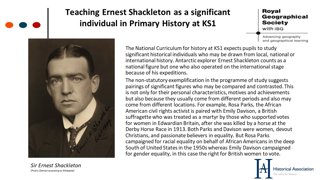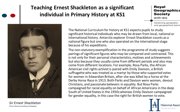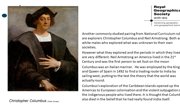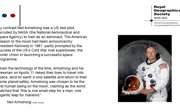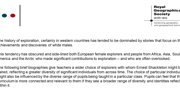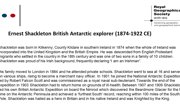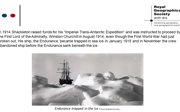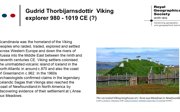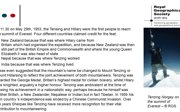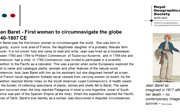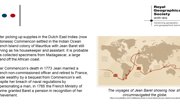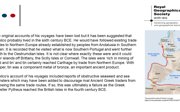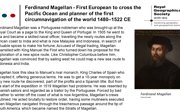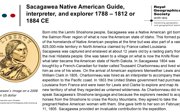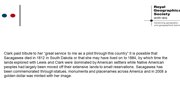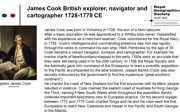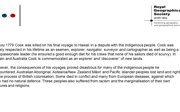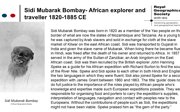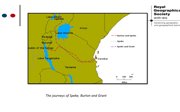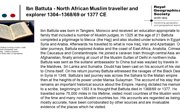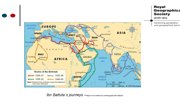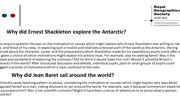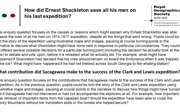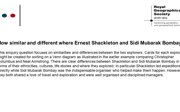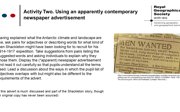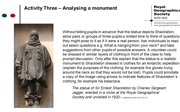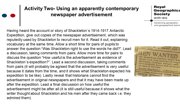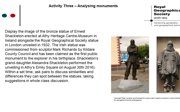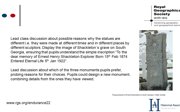The National Curriculum for history at KS1 expects pupils to study significant historical individuals who may be drawn from local, national or international history. Antarctic explorer Ernest Shackleton counts as a national figure but one who also operated on the international stage because of his expeditions.
The non-statutory exemplification in the programme of study suggests pairings of significant figures who may be compared and contrasted. This is not only for their personal characteristics, motives and achievements but also because they usually come from different periods and also may come from different locations. For example, Rosa Parks, the African American civil rights activist is paired with Emily Davison, a British suffragette who was treated as a martyr by those who supported votes for women in Edwardian Britain, after she was killed by a horse at the Derby Horse Race in 1913. Both Parks and Davison were women, devout Christians, and passionate believers in equality. But Rosa Parks campaigned for racial equality on behalf of African Americans in the deep South of United States in the 1950s whereas Emily Davison campaigned for gender equality, in this case the right for British women to vote.
About the author
This resource was written by Andrew Wrenn, consultant to the Historical Association.
